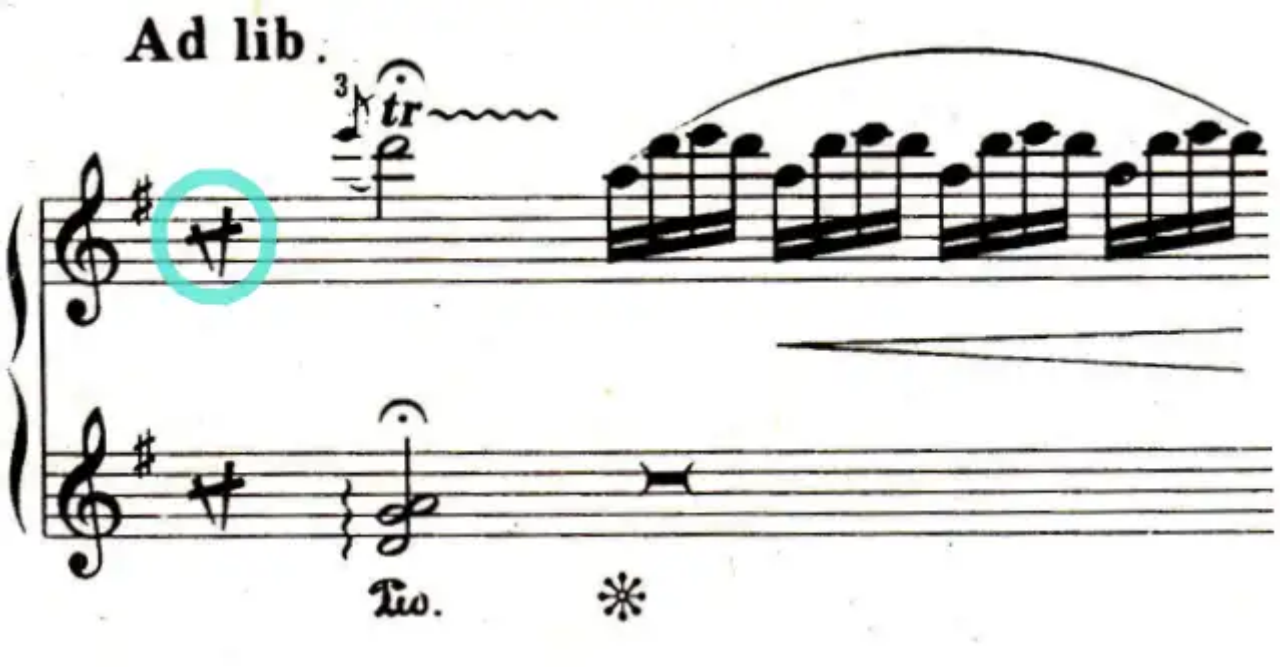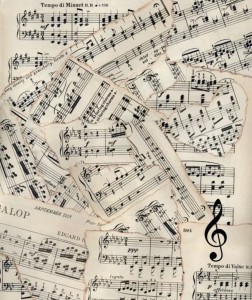Mastering Time Signatures in Piano Music Learning
Time Signatures
Rhythm serves as music’s pulse, while time signatures outline its structure. For students engaged in piano music learning, understanding time signatures is essential for both reading and performing music accurately. Beats serve as consistent time units, and they remain stable regardless of whether notes are long or short.
Let’s look at some common time signatures in classical music and piano repertoire:
2/4 time (e.g., Traffic Cop, Modern Piano Course Book 1)

3/4 time (e.g., Rushing River, Book 1)

4/4 time (e.g., Sound Garden, Book 1)

4/4 as “C” (e.g., By the Village, Book 2)

5/4 time (e.g., Mussorgsky’s Pictures at an Exhibition)

6/4 time (e.g., Chopin’s Prelude Op. 28 No. 13)


3/8 time, 6/8 time (e.g., Etude and Cheering for the Blue Team)

2/2 time (as “cut time”, e.g., Humoresque, Book 2)

3/2 time (e.g., Sarabande, Book 3)
Other advanced time signatures: 4/2, 9/8, 12/8, 12/16, and more.
All of these appear frequently in both beginner and advanced free sheet music, especially in arrangements from great classical music composers.
Understanding the Numbers
A time signature looks like a fraction:
The denominator shows which note value represents one beat.
The numerator shows how many beats are in a measure.
For example:
2/4 = 2 beats per measure, each beat is a quarter note.
6/8 = 6 beats per measure, each beat is an eighth note.
Rather than saying “two over four,” musicians simply say “two-four.”
Special Cases
Free Time
Free time removes strict metrical constraints. Beats have no fixed accents or durations.
Example: The North Wind Blows

Marked “Ad lib.” meaning "at one’s pleasure"—tempo and rhythm are left to the performer.
This offers a refreshing challenge in piano music learning, allowing interpretation to shine.
Anacrusis (Pickup Measure)
Sometimes a piece begins with a measure that doesn’t complete the full count—this is called an anacrusis.
Example: Happy Birthday

The opening note has only 1 beat, but the final bar completes the measure.
This first measure isn’t included in the total measure count.
Recognizing anacrusis measures is important for sight-reading and phrasing, especially in performance of free sheet music selections.
Time signatures not only define rhythm—they shape musical interpretation. For those on a piano music learning journey, mastering them builds the foundation for playing everything from simple folk tunes to the complex masterpieces of legendary classical music composers.
Looking for real-time examples to practice these time signatures? At SheetMusicGo, we offer a vast library of free sheet music sorted by time signature, skill level, and genre—including iconic works in 3/4, 5/4, 6/8, and more. Whether you’re analyzing Chopin or exploring modern time shifts, our resources support your growth at every level.
FAQs
1. What is the easiest time signature for beginners in piano music learning?
Most beginners start with 4/4 or 3/4 time, which are common in classical music and easier to count consistently.
2. Can I search sheet music by time signature on SheetMusicGo?
Yes! At SheetMusicGo, you can filter by time signature to find relevant free sheet music, perfect for reinforcing rhythmic studies.
3. Why is understanding complex time important for classical and modern music?
Many works by modern and late classical music composers use 5/4 or 7/8 time to create tension and surprise, so recognizing and internalizing these patterns helps musicians play with confidence.












